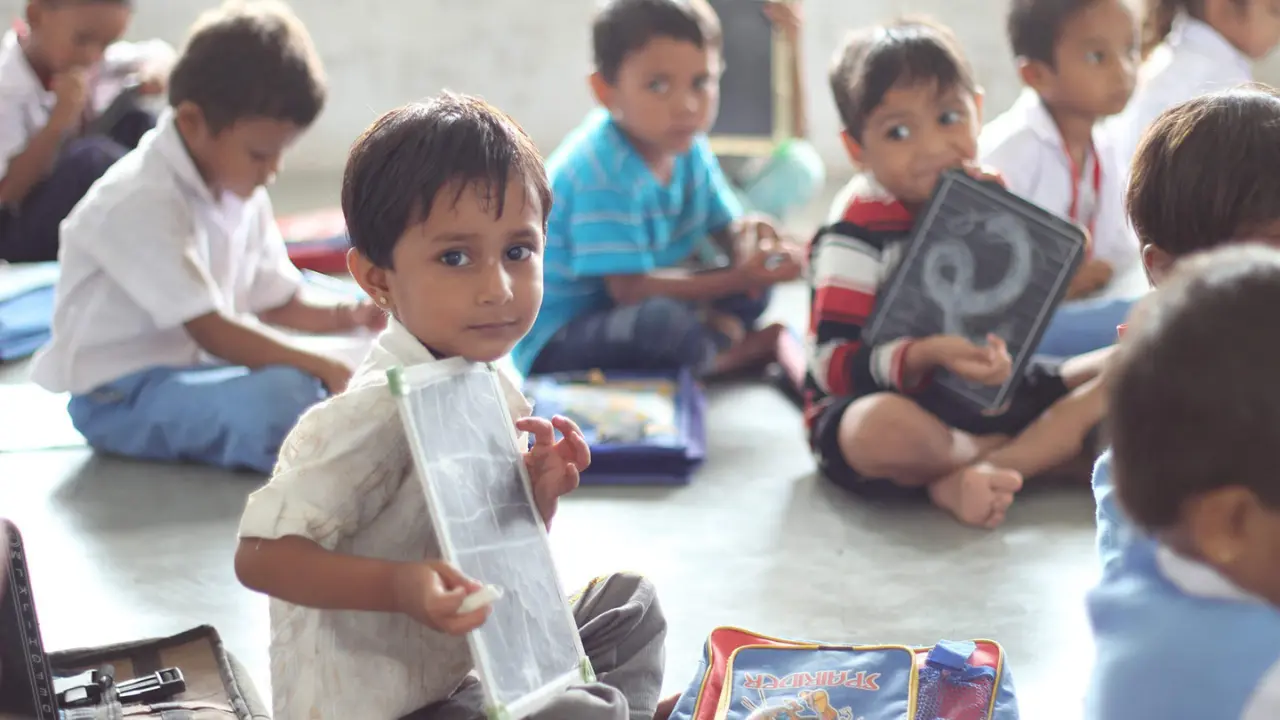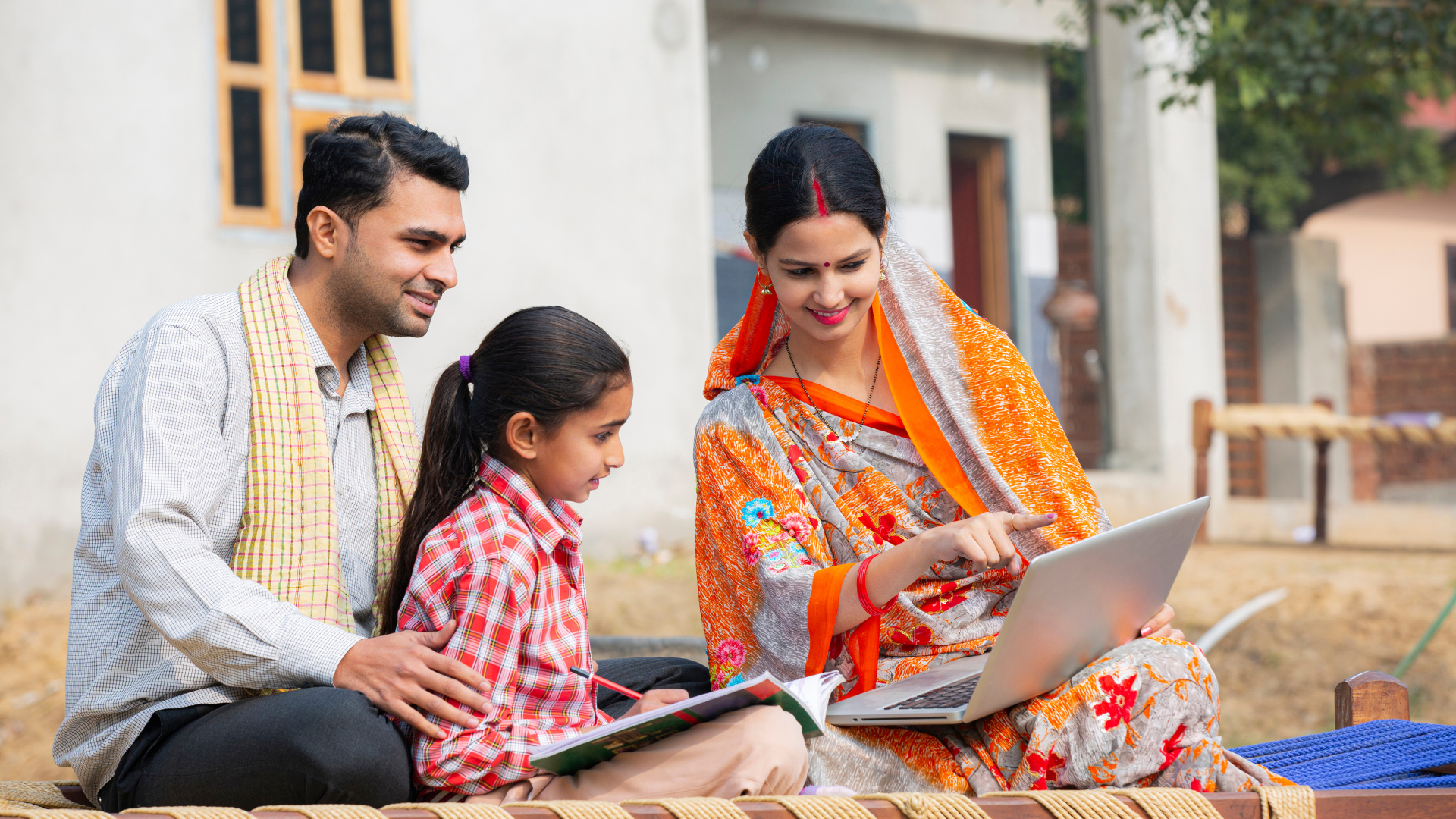About Us
A platform created to highlight youth voices, share meaningful perspectives, and spark change through honest stories—one thought, one voice, one impact at a time.
globalvoiceforeducation@gmail.com
![]() Vaishnavi PrasadEDUCATION & LEARNING3 months ago0.9K Views
Vaishnavi PrasadEDUCATION & LEARNING3 months ago0.9K Views

By Vaishnavi Prasad
In a rapidly evolving world, education remains the most powerful equalizer. Yet, for millions of students worldwide, the opportunity to learn, grow, and thrive is hindered by systemic barriers that marginalize those who are different—whether due to disability, socioeconomic status, language, or background. This is where inclusive education emerges as not just an educational philosophy, but a global imperative.
This article explores the inclusive education meaning, its transformative potential, its intersection with special education, and why inclusive classrooms are essential for building compassionate, innovative, and equitable societies.
To truly understand inclusive education, it’s important to differentiate it from special education—a term often used interchangeably but with distinct implications.
What’s special education? Special education is customized instruction designed to meet the unique needs of students with disabilities. These may include intellectual disabilities, emotional disturbances, physical impairments, or learning disorders.
So, what special education means in practice is targeted intervention—often in separate classrooms or specialized settings. While special education provides necessary support, it has historically operated in silos, which can lead to social exclusion and stigmatization.
Inclusive education, by contrast, integrates special education services within mainstream classrooms. This doesn’t mean compromising on support. Instead, it ensures that students with disabilities learn alongside their peers, with individualized supports embedded into the general classroom experience.
Workforce Preparation: Inclusive education prepares students for the real world, where they must work alongside diverse individuals in collaborative environments.
The inclusive education benefits extend far beyond the students with additional needs. Here’s how inclusive classrooms are a win for everyone:
Creating an inclusive education classroom is not merely about physical access or having students sit side-by-side. It requires a thoughtful blend of pedagogy, infrastructure, policy, and mindset.
To scale inclusive education, leadership at every level—government, institutional, and community—is critical. Countries leading in this domain have enacted policies that:
Institutions must go beyond compliance and embrace inclusive education as a strategic priority for academic excellence and societal impact.
Despite its clear advantages, inclusive education faces several barriers:
The question isn’t why inclusive education is important—the evidence speaks for itself. The real question is how long we can afford to delay its full implementation. In a world that increasingly values diversity, equity, and innovation, education systems must evolve to reflect these priorities.
With the rise of AI, personalized learning, and global interconnectedness, the demand for adaptive, human-centered education will only grow. Inclusive education is not a concession—it’s an upgrade. It is how we build classrooms that prepare students not just to pass exams, but to thrive as global citizens.
Inclusive education is more than a policy—it’s a movement. It’s about reimagining classrooms as communities where every child, regardless of ability or background, feels seen, heard, and valued. It demands a shift in mindset, in practice, and in vision.
As educators, policymakers, and changemakers, we must ask ourselves: Are we designing schools that reflect the world we want to live in?
Because when we get education right—for everyone—we get everything else right too.
EDUCATION & LEARNING1 month ago
EDUCATION & LEARNING1 month ago
A platform created to highlight youth voices, share meaningful perspectives, and spark change through honest stories—one thought, one voice, one impact at a time.
globalvoiceforeducation@gmail.com



Pingback: Inclusive Education: Shaping Equitable Classrooms Today